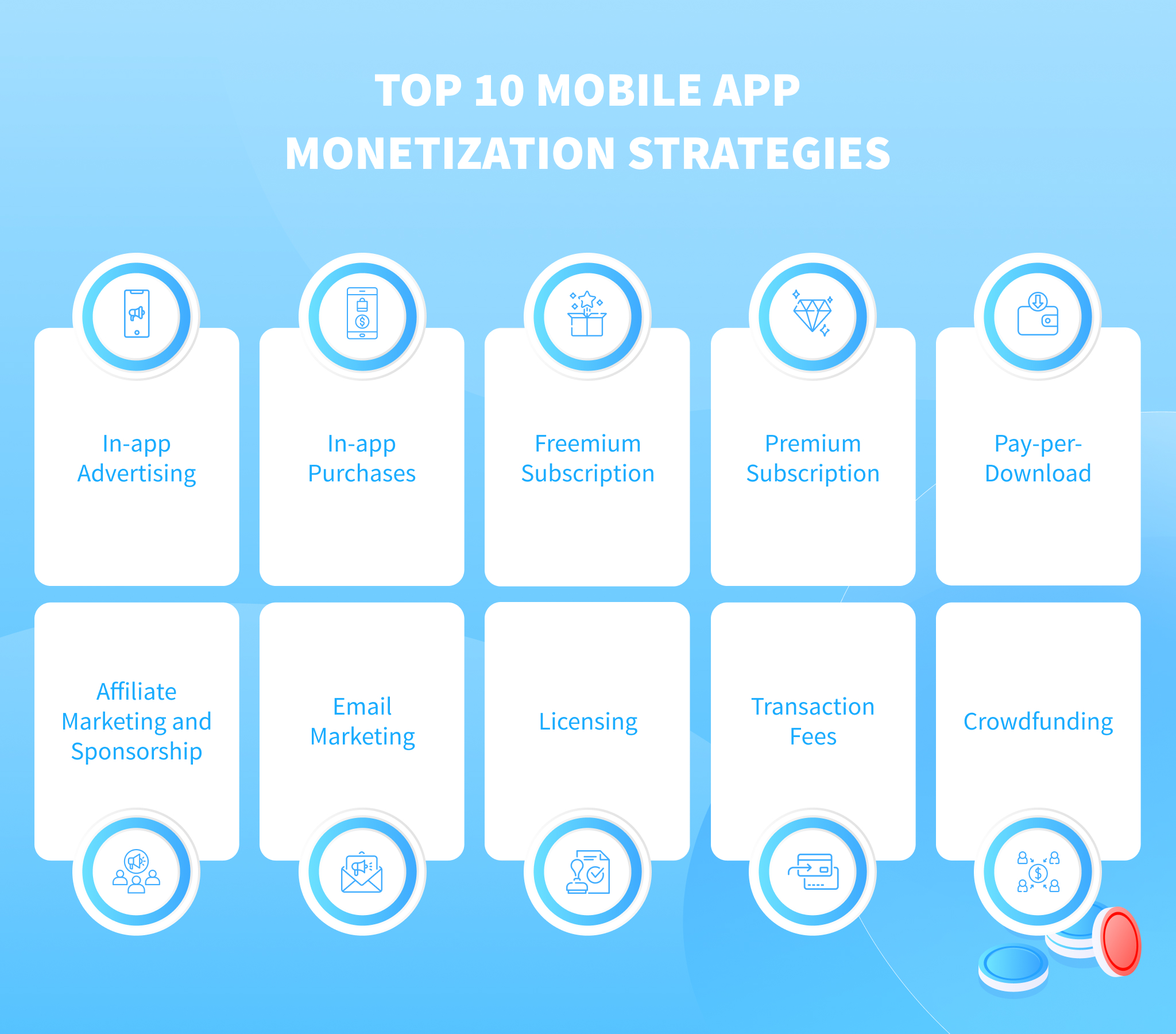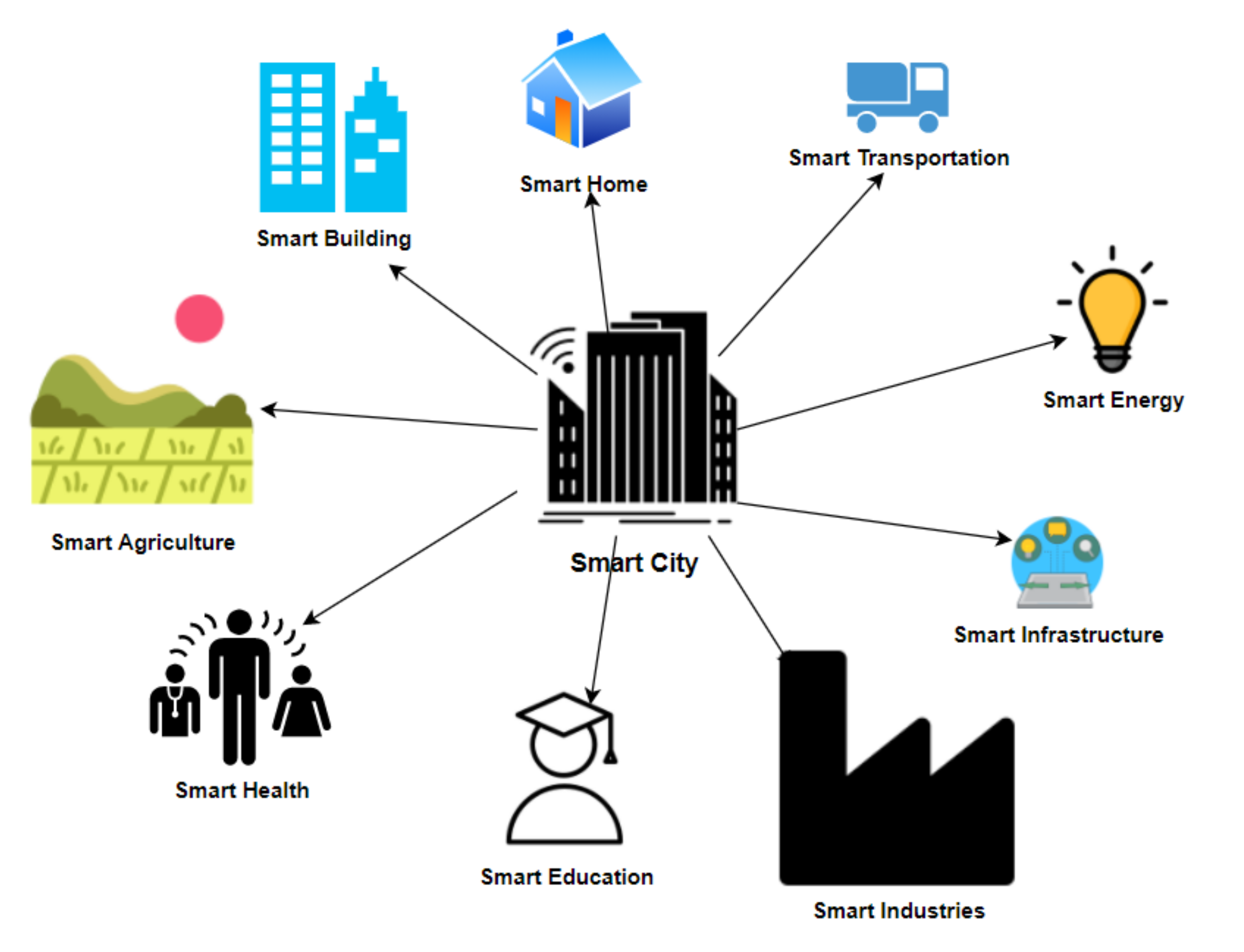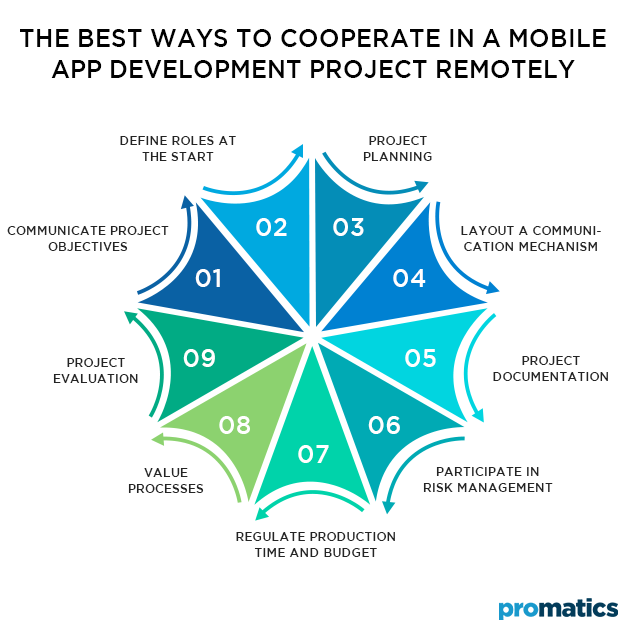In the ever-evolving world of mobile app development, creating an app that users love is only half the battle. The other half? Figuring out how to monetize it effectively. Mobile app monetization strategies have come a long way, with a multitude of options available to developers today. In this post, we’ll delve into some of the most effective methods to turn your app into a profitable venture.
- In-App Advertising
One of the most common ways to monetize a mobile app is through in-app advertising. This strategy involves displaying ads within your app, which can come in various formats such as banner ads, interstitial ads, video ads, or native ads. Developers can earn revenue based on the number of ad impressions, clicks, or even app installations generated through these ads.
- In-App Purchases
In-app purchases (IAPs) are another lucrative monetization avenue. This strategy involves offering users the option to buy virtual goods, features, or subscriptions within your app. Freemium apps often use this method, where users can access basic functionality for free but can enhance their experience by purchasing premium items or removing ads.
- Subscription Models
Subscription models are gaining popularity in the app monetization landscape. Apps can offer monthly, quarterly, or yearly subscriptions that grant users access to premium content, features, or services. This approach can create a steady stream of recurring revenue, especially for apps that provide valuable, regularly updated content.
- Sponsorships and Partnerships
Collaborating with other businesses or brands for sponsorships and partnerships can be a highly profitable monetization strategy. This can involve featuring sponsored content, promotions, or branded experiences within your app. The key is to align your app with brands that resonate with your target audience, ensuring a seamless and non-intrusive user experience.
- Affiliate Marketing
Affiliate marketing involves promoting products or services within your app and earning a commission for every sale or lead generated through your referrals. This can be particularly effective if your app caters to a niche audience with specific buying interests.
- Freemium Model
The freemium model is a hybrid approach that combines free and premium offerings. Users can access the core features of the app for free, but they are encouraged to upgrade to a premium version for enhanced functionality or a more ad-free experience. This strategy is about enticing users with a taste of what your app can offer and then enticing them to invest in the full experience.
- Crowdfunding
Crowdfunding platforms like Kickstarter and Patreon can be viable options for app developers. You can seek financial support from your user base or backers to fund app development or ongoing maintenance. In return, offer exclusive perks or content to your supporters.
- Data Monetization
Data is a valuable asset, and some apps can monetize user data ethically and with transparency. By anonymizing and aggregating user data, you can sell valuable insights to market researchers, advertisers, or other interested parties.
- Selling Your App
If your app has gained a significant user base and holds a unique position in the market, consider selling it to a larger company or investor. Acquisitions can result in a substantial payout, especially if your app has a loyal user following.
- Donations
Donation-based monetization is more common for apps with a niche or passionate user base. You can provide users with the option to make voluntary donations to support your app’s development and maintenance.
Conclusion
When it comes to mobile app monetization, one size does not fit all. The ideal strategy depends on your app’s niche, target audience, and overall goals. Many successful apps combine multiple monetization methods to diversify their revenue streams and mitigate risks. Remember that user experience should remain a top priority throughout your monetization efforts, as intrusive or disruptive strategies can lead to user churn.
Experiment, gather user feedback, and adapt your monetization strategy accordingly to ensure your app not only survives but thrives in the competitive mobile app ecosystem. By striking the right balance between user value and revenue generation, you can unlock the full potential of your mobile app.






